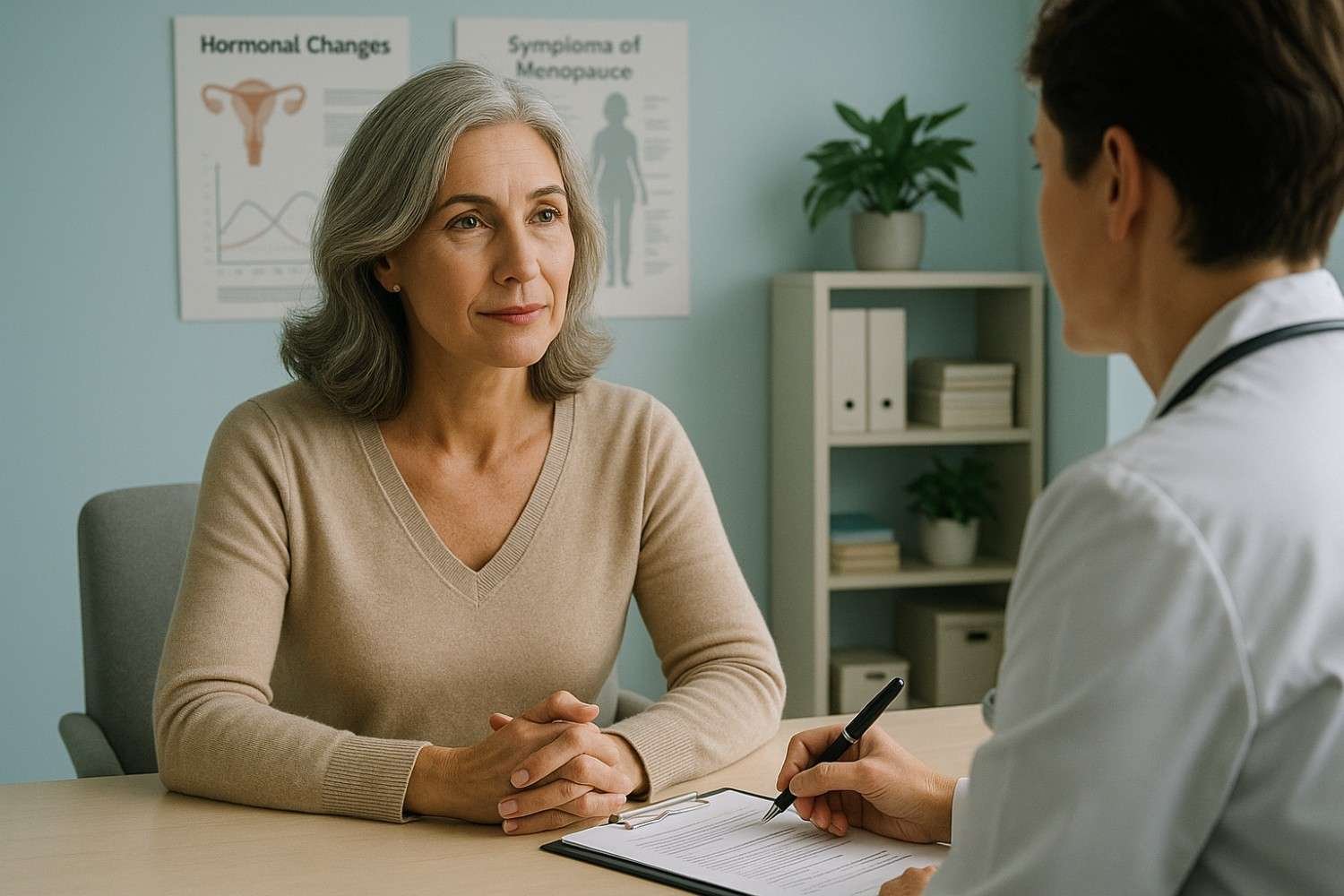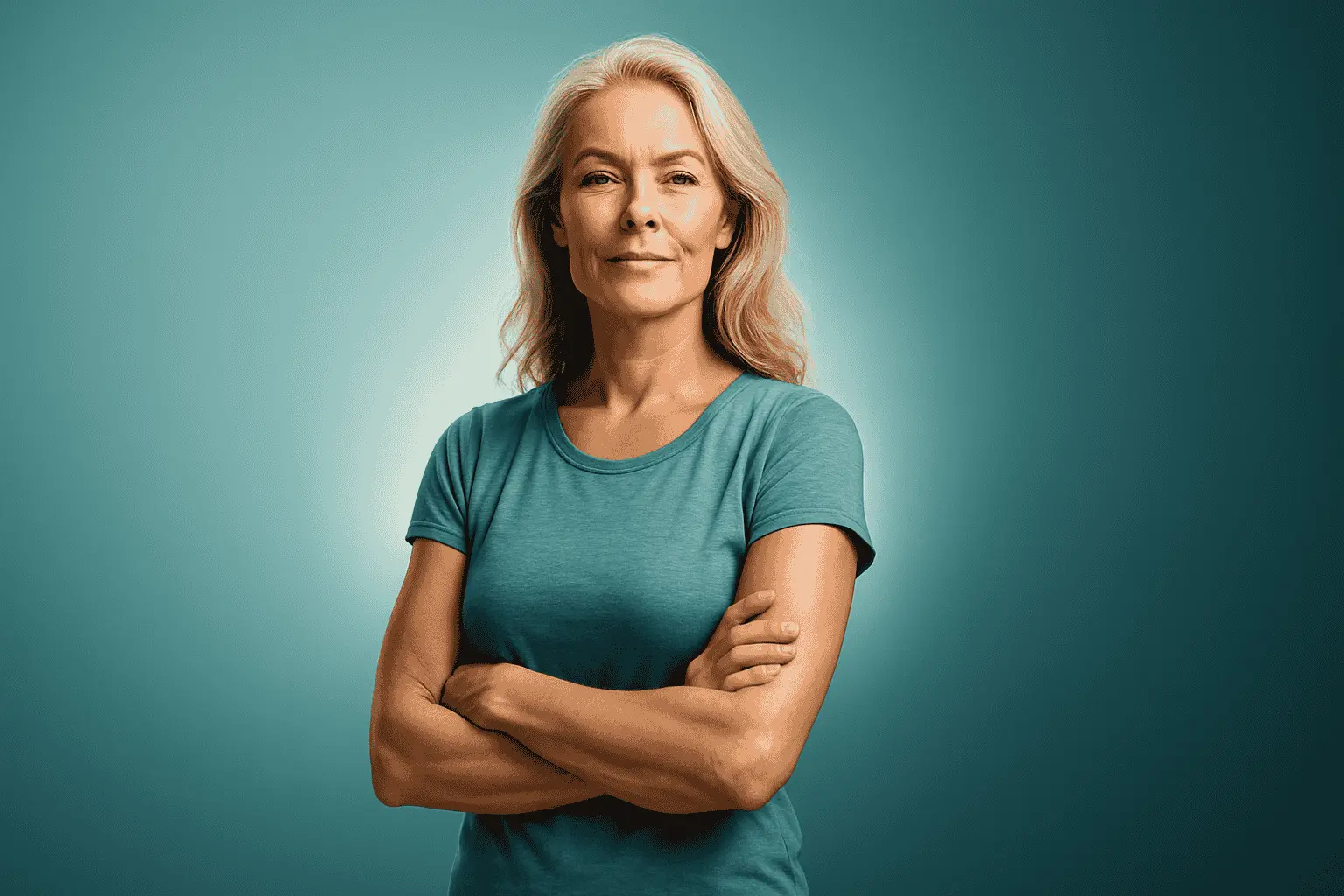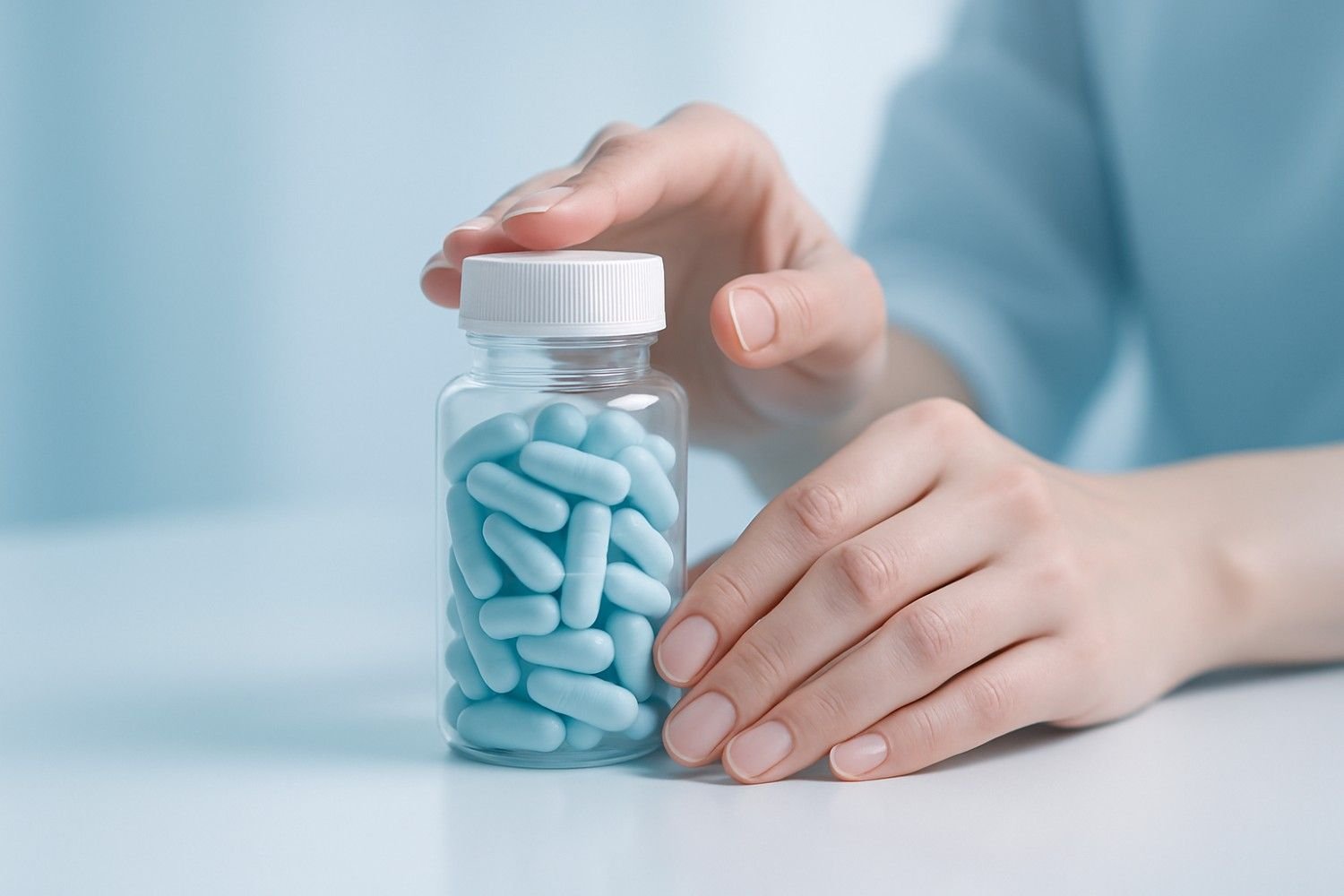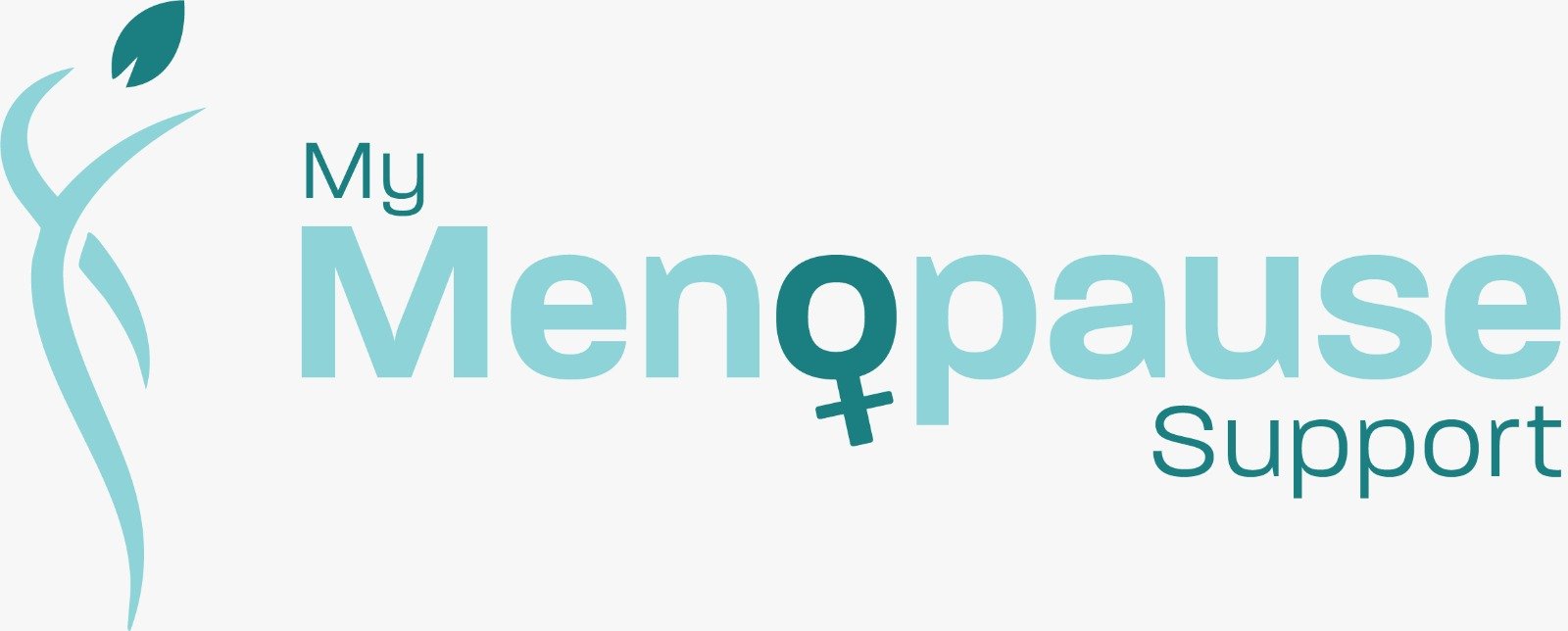Hello, I am Dr Sonia Dudeja.
I am a GP who focuses on women’s health. For many years, I have helped women through menopause. I know this time of life can be confusing. There is a lot of information, but it is not always clear. Many women visit my clinic feeling lost. They have symptoms they do not understand. They feel unsure about their bodies.
Today, I want to help you understand. I will speak to you directly, woman to woman. We will talk about this journey. This guide will explain what menopause is, why it happens, and how you can manage it. I want you to feel informed and in control of your health.
Let’s start with a simple meaning.
Menopause is a natural time in your life. It is confirmed one year after your last period. It means you can no longer have children. Menopause is not a sickness. It is a new chapter in your life.
In this guide, we will explore everything together. We will discuss the stages and the symptoms. We will talk about diagnosis and modern treatments. Most importantly, we will see how this time is a great chance to focus on your long term health.
Let’s begin.
Understanding the Change: What is Menopause?
Many women tell me, “I think I am in menopause.” They say this when they have hot flushes or their periods change. Usually, they are describing perimenopause. This is the time before menopause. Understanding this timeline helps you know what is happening.
A Journey in Three Stages
Menopause does not happen overnight. It is a slow process with three stages. Knowing your stage helps you prepare for what is next.
- Perimenopause (The Transition): This word means “around menopause.” It is the time leading to your last period. It often starts in your 40s. It can last for a few years or up to ten years. During this time, your ovaries make less oestrogen. This change causes early symptoms. Your periods may become irregular. You might have hot flushes. Your mood and sleep might change. You can still become pregnant during perimenopause.
- Menopause (The Milestone): This is not a long phase. It is a single point in time. A doctor diagnoses menopause after you have had no period for 12 months in a row. The average age for menopause is 51 or 52. At this point, your ovaries stop releasing eggs. They produce very little oestrogen.
- Postmenopause (The Rest of Your Life): This stage starts right after menopause. It lasts for the rest of your life. Your hormone levels stay low. Symptoms like hot flushes may get better over time. Now, it is very important to focus on your long term health. Low oestrogen increases your risk for weak bones, called osteoporosis, and heart disease.
The Biology Behind It: Why Hormones Change
The changes of menopause happen because your ovaries get older. Starting in your late 30s, the number of eggs in your ovaries goes down.
Your ovaries produce two main hormones, oestrogen and progesterone. These hormones control your monthly period. When you have fewer eggs, you ovulate less often. This change upsets the hormone balance. It causes irregular periods of perimenopause.
Oestrogen is the most important hormone in this process. As your ovaries slow down, your oestrogen levels drop a lot. This drop causes most menopause symptoms. Oestrogen does many things in your body. It helps control your body temperature. It keeps your skin healthy. It supports your brain. It also helps your body use calcium to keep your bones strong. That is why menopause affects so many parts of your body.
When It Happens: Age and Other Factors
The average age of menopause is 51, but it is different for every woman.
- Genetics: Your genes are a big factor. You will likely reach menopause at a similar age to your mother.
- Lifestyle: Your habits can affect the timing. Women who smoke may start menopause one or two years earlier than women who do not smoke.
- Medical History: Sometimes, medical treatments cause menopause.
- Surgical Menopause: Surgery to remove both ovaries causes menopause right away. The sudden drop in hormones can cause strong symptoms. Surgery to remove the uterus, called a hysterectomy, does not cause menopause if the ovaries are not removed.
- Cancer Treatments: Chemotherapy and radiation can damage the ovaries. This can lead to early menopause.
- Early Menopause: Menopause before age 45 is called early menopause. Menopause before age 40 is called premature menopause. This affects about 1% of women. It is important to see a doctor to manage the health risks from losing oestrogen early.
The Experience: A Guide to Symptoms
Every woman’s menopause is different. Some women have few symptoms. Others have many symptoms that affect their daily life. These symptoms are real. They are caused by hormone changes. You are not alone.
The Famous Symptoms: Hot Flushes and Night Sweats
These are the most common symptoms. Up to 80% of women have them. A hot flush is a sudden feeling of heat. It spreads across your face, neck, and chest. You may sweat a lot and your skin may turn red. After a hot flush, you might feel cold. When hot flushes happen at night, they are called night sweats. They can wake you up and make your bedding wet.
Why do they happen? Low oestrogen affects the part of your brain that controls temperature. This part becomes too sensitive. It wrongly thinks your body is too hot. It then starts a strong cool down response.
Physical Changes You Might See
- Irregular Periods: This is often the first sign of perimenopause. Your periods might be shorter or longer. They might be heavier or lighter. They become very unpredictable.
- Weight and Body Shape: Many women notice their body shape changes. Fat may move from the hips to the belly area. This is because of low oestrogen. You may also lose muscle, which can slow your body’s metabolism.
- Skin, Hair, and Joints: Oestrogen helps keep your skin firm. Your skin might become thinner and drier. Your hair might also get thinner. Many women feel new aches in their joints and muscles.
Vaginal and Urinary Health (GSM)
Many women find it hard to talk about these symptoms, but they are very common. Genitourinary Syndrome of Menopause (GSM) is the name for these issues.
- Vaginal Health: Without oestrogen, the tissues in your vagina can become thin and dry. This can cause itching, burning, and pain during sex.
- Urinary Health: Your bladder is also affected. You might feel a sudden need to urinate. You might leak urine when you cough or sneeze. Some women get more urinary tract infections (UTIs).
The Invisible Struggle: Mood, Memory, and Sleep
These symptoms are not visible, but they can be very difficult.
- Sleep Problems: Many women have trouble sleeping. Night sweats can wake you up. But even without them, you might find it hard to fall asleep or stay asleep.
- Mood Swings and Anxiety: It is very common to feel irritable, anxious, or sad. These feelings are linked to changing hormones and poor sleep.
- Brain Fog: You might forget words or have trouble focusing. This is called “brain fog.” It is a real symptom of menopause. It can be scary, but it usually gets better after menopause.
When to See a Doctor
Most symptoms are normal. But you should see a doctor if you have:
- Very heavy bleeding.
- Periods that are very close together.
- Bleeding that lasts more than a week.
- Any bleeding between your periods.
It is very important to know that any vaginal bleeding after menopause is not normal. You must see a doctor right away.
Getting Clarity: How Menopause is Diagnosed
Diagnosing menopause is usually simple. It is more about your symptoms than about tests.
The 12-Month Rule
The main way to diagnose menopause is the 12-month rule. You have reached menopause when you have not had a period for 12 months in a row.
To diagnose perimenopause, your doctor will ask about your age and symptoms. If you are in your 40s and have irregular periods and hot flushes, that is usually enough for a diagnosis.
Why Blood Tests Are Not Always Needed
Many women ask for a blood test to confirm perimenopause. But for women over 45, doctors usually do not recommend hormone blood tests.
The reason is that your hormones change a lot. A blood test only shows your hormone levels at one moment. The results can be different the next day. This makes the test unreliable.
A doctor may use a blood test if you are under 40. A test can also rule out other health problems, like a thyroid issue. But for most women, your symptoms tell the story.
How to Prepare for Your Doctor’s Visit
A little preparation can help you have a good conversation with your doctor.
- Track Your Symptoms: Write down your symptoms for a few weeks. Note how often they happen. Also, write down the dates of your periods.
- List Your Medicines: Make a list of all medicines, vitamins, and supplements you take.
- Know Your Health History: Be ready to talk about your health and your family’s health history.
- Prepare Questions: Write down your questions. Good questions to ask are:
- What can I do for my symptoms?
- What are the benefits and risks of Menopause Hormone Therapy (MHT) for me?
- Are there non-hormonal options?
- What lifestyle changes can help?
- What health tests do I need now?
Finding Relief: Modern Treatment Options
There is no single treatment for menopause that fits everyone. Your doctor will help you find the best plan for you. It will depend on your symptoms and your health. As a doctor, I believe in using both medical treatments and healthy lifestyle changes.
Menopause Hormone Therapy (MHT)
MHT is the best treatment for serious hot flushes and night sweats. It gives your body back some of the oestrogen it has lost.
- Benefits: MHT gives strong relief from hot flushes. It also helps with vaginal dryness and protects your bones from getting weak.
- Risks: MHT has some risks. It can slightly increase the risk of blood clots, stroke, and breast cancer. It is important to discuss these risks with your doctor.
- The “Timing Hypothesis”: Research shows that MHT is safest for healthy women who start it before age 60 or within 10 years of their last period. Starting it later has higher risks.
- Types of MHT:
- Systemic vs. Local: Systemic MHT comes as pills, patches, or gels. It helps with symptoms all over your body. Local MHT is a low-dose cream or tablet for the vagina. It only treats vaginal and urinary symptoms and is very safe.
- Oestrogen Only vs. Combined: If you have had your uterus removed, you can take oestrogen alone. If you still have your uterus, you must take a hormone called progestogen with oestrogen. This protects your uterus from cancer.
Effective Non-Hormonal Options
If you cannot or do not want to take MHT, there are other good options. The 2023 North American Menopause Society (NAMS) guidelines recommend several.
- Antidepressants: Some low-dose antidepressants can help reduce hot flushes.
- Other Medicines:
- Gabapentin: This medicine can reduce hot flushes, especially at night.
- Oxybutynin: This bladder medicine can also help with hot flushes.
- Fezolinetant (Veozah): This is a new non-hormonal drug made just for hot flushes.
The “Natural” Route: What Works?
Many supplements are sold for menopause. It is important to know which ones have scientific proof.
- Mind-Body Therapies (Recommended): Some therapies are proven to help.
- Cognitive Behavioural Therapy (CBT): This is a type of talking therapy. It can help you cope with symptoms and improve your sleep and mood.
- Clinical Hypnosis: This can reduce how often you get hot flushes and how bad they are.
- Herbal Supplements (Not Recommended): Most herbal products like black cohosh do not have strong proof that they work. They are not regulated, so their safety is not guaranteed.
- “Bioidentical” Hormones: This is a marketing term. These products are not regulated and are not proven to be safer or better than standard, approved MHT.
Table: Treatment Options at a Glance
| Treatment Category | Primary Target Symptoms | Level of Evidence | Key Benefits | Key Considerations |
| Systemic MHT | Hot flushes, night sweats, bone loss, vaginal dryness | High (Most effective treatment) | Strong symptom relief, prevents bone loss | Small risk of blood clots, stroke, breast cancer. Safest when started before 60. |
| Local Oestrogen | Vaginal dryness, painful sex, urinary issues | High | Helps local symptoms with very low risk. | Does not treat hot flushes or protect bones. |
| SSRIs / SNRIs | Mild to moderate hot flushes | High | Good non-hormonal option; can help mood. | Not as strong as MHT. May have side effects. |
| Mind-Body (CBT/Hypnosis) | Reduces bother of symptoms, improves sleep and mood | High | No physical side effects, improves coping. | Requires a trained therapist. Changes your response to symptoms. |
| Herbal Supplements | Marketed for hot flushes, mood, etc. | Low / Not Recommended | No strong proof. | Not regulated for safety or dose. |
Your Health After 50: Protecting Your Bones and Heart
This is a very important topic. Menopause is a key time for your long-term health. The loss of oestrogen increases your risk for some diseases. This is your chance to build a healthy future.
Building a Strong Foundation: Preventing Osteoporosis
Osteoporosis is a disease that makes your bones weak and easy to break. Women after menopause are at the highest risk.
- The Oestrogen-Bone Link: Oestrogen helps protect your bones. It slows down the cells that break down old bone. When oestrogen drops at menopause, you lose bone much faster. This makes bones weak.
- Prevention is Key:
- Calcium: You need at least 1,200 mg of calcium each day. Good sources are dairy, leafy greens like kale, and sardines.
- Vitamin D: Your body needs vitamin D to use calcium. Aim for 800-1,000 IU daily. You may need a supplement.
- Weight-Bearing Exercise: Activities like walking, jogging, and dancing make your bones stronger.
- Strength Training: Using weights also builds strong bones and muscles.
Guarding Your Heart: Menopause and Heart Risk
Heart disease is the top cause of death in women. Your risk goes up a lot after menopause. The American Heart Association says that menopause itself increases heart disease risk.
- How Menopause Affects Your Heart:
- Cholesterol: After menopause, your “bad” LDL cholesterol may go up.
- Blood Pressure: Your blood vessels can become less flexible. This can raise your blood pressure.
- Belly Fat: Storing fat around your belly increases your risk for heart disease.
- AHA Recommendations for a Healthy Heart:
- Know Your Numbers: Check your blood pressure, cholesterol, and blood sugar regularly.
- Eat a Healthy Diet: A Mediterranean-style diet is great for your heart.
- Be Active: Aim for at least 150 minutes of moderate exercise, like brisk walking, each week. One expert called exercise the “magic bullet for good health”.
- Do Not Smoke: Quitting smoking is the best thing you can do for your heart.
The Power is in Your Hands: Lifestyle and Diet
Medical treatments are helpful. But your daily choices are the foundation of a healthy menopause. The same good habits that help your symptoms today will protect your health for years to come.
Eating for a Better Menopause
- Eat Whole Foods: Eat lots of fruits, vegetables, lean protein, and whole grains.
- Get Enough Protein: Protein helps keep your muscles and bones strong.
- Choose Healthy Fats: Healthy fats from fish, walnuts, and flaxseeds are good for your heart.
- Limit Trigger Foods: Spicy foods, caffeine, and alcohol can make hot flushes worse for some women.
Move Your Body, Change Your Life
Exercise is very important. It helps your mood, sleep, weight, bones, and heart. A good plan includes:
- Cardio: Brisk walking, swimming, or cycling.
- Strength: Lifting weights or using your body weight.
- Balance: Yoga or tai chi can help prevent falls.
Simple Tricks for Daily Symptoms
- For Hot Flushes: Dress in layers. Carry a fan. Drink cool water. Keep your bedroom cool at night.
- For Sleep: Go to bed and wake up at the same time every day. Make your bedroom dark, quiet, and cool. Avoid phones and TVs before bed.
- For Stress: Try deep breathing, meditation, or gentle yoga. A few minutes each day can help.
Your Next Step
Menopause is not an end. It is a time to listen to your body and focus on your health. It is a time for action.
You now have a guide for this journey. You know the stages, the symptoms, and the science. You have a list of options, from medical treatments to lifestyle changes.The most important thing to remember is that you have choices. You are in control. Your menopause journey is your own. The first step is to talk with a doctor who understands this time of life. Together, you can make a plan that helps you feel your best, now and in the future.








